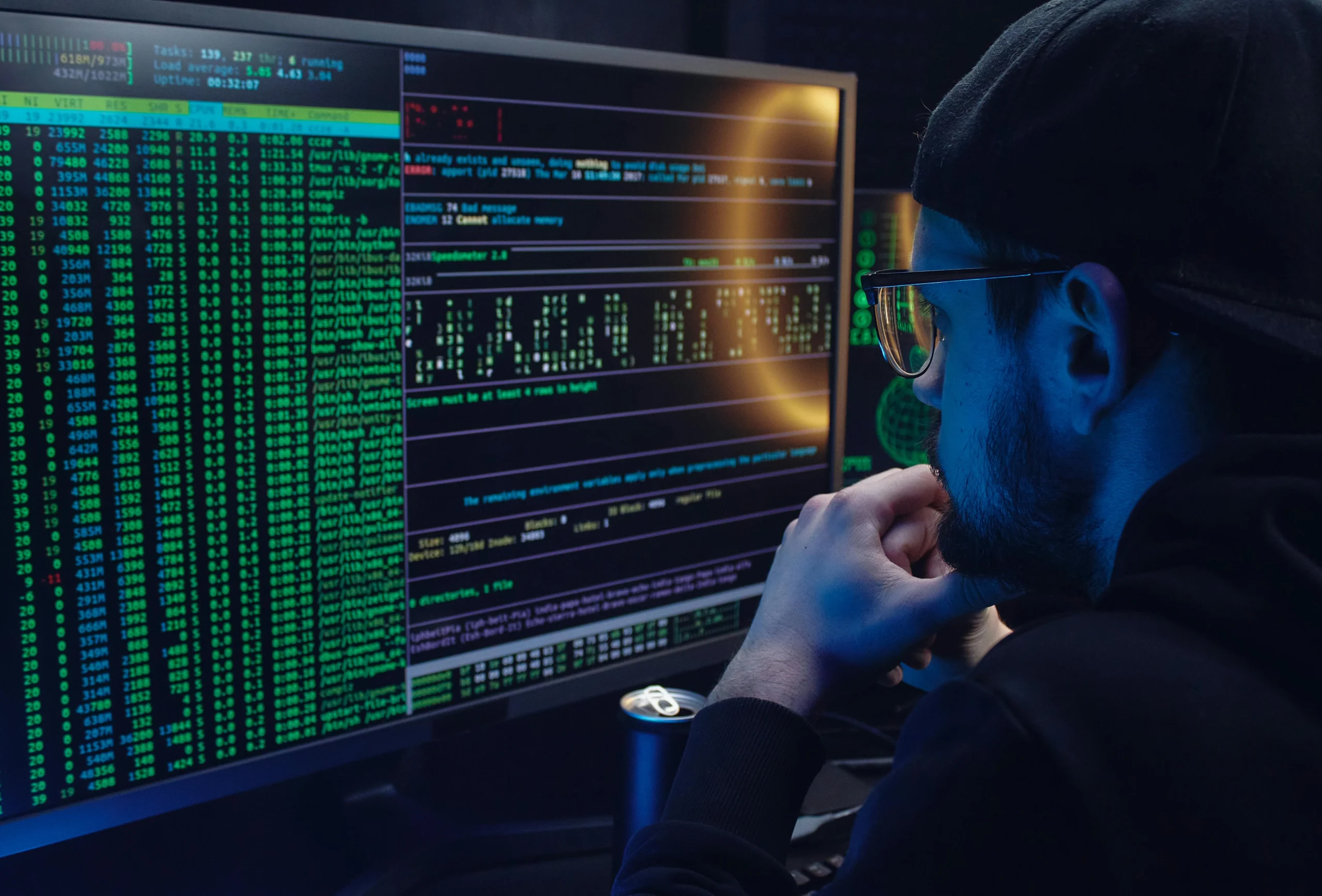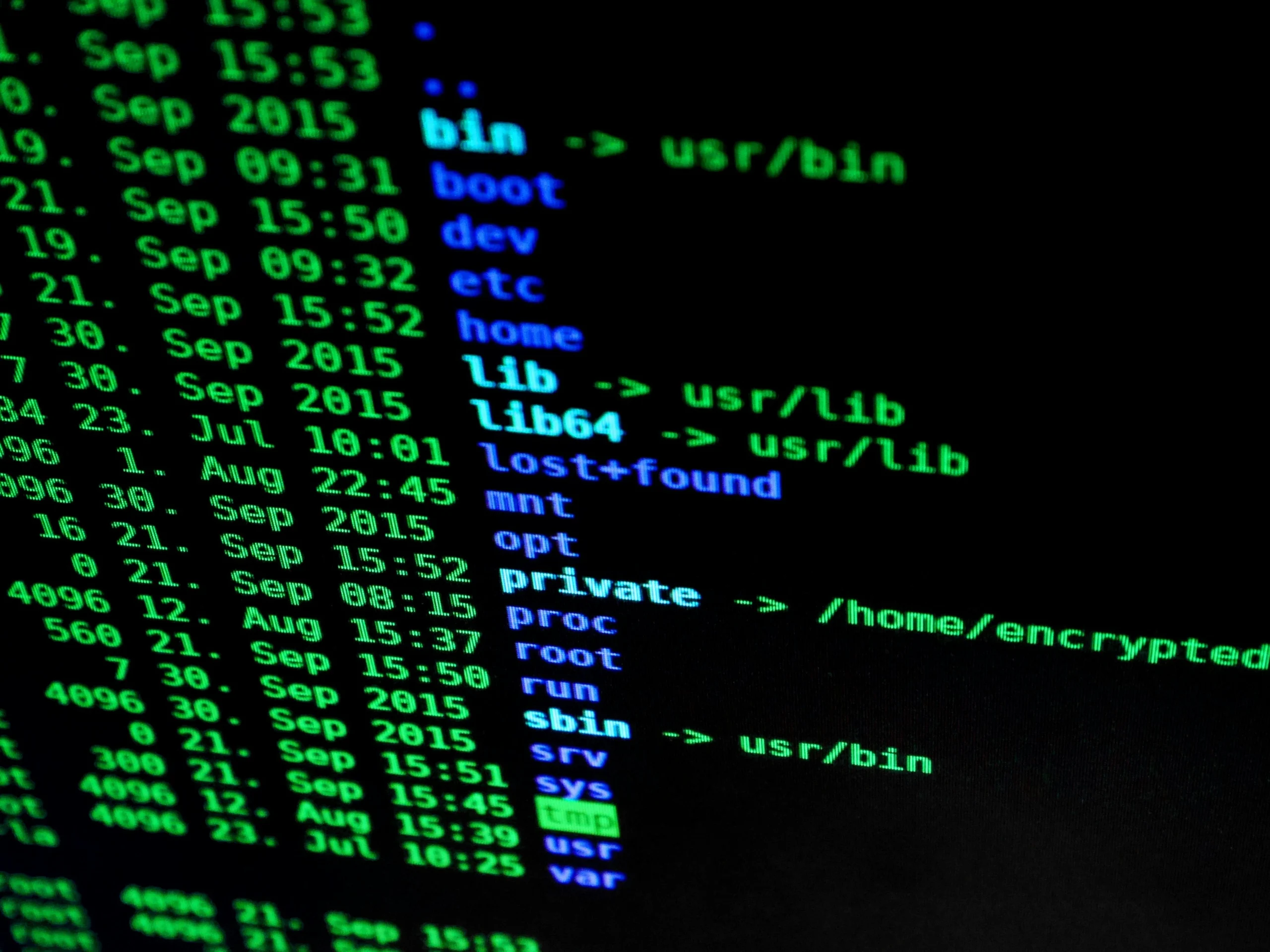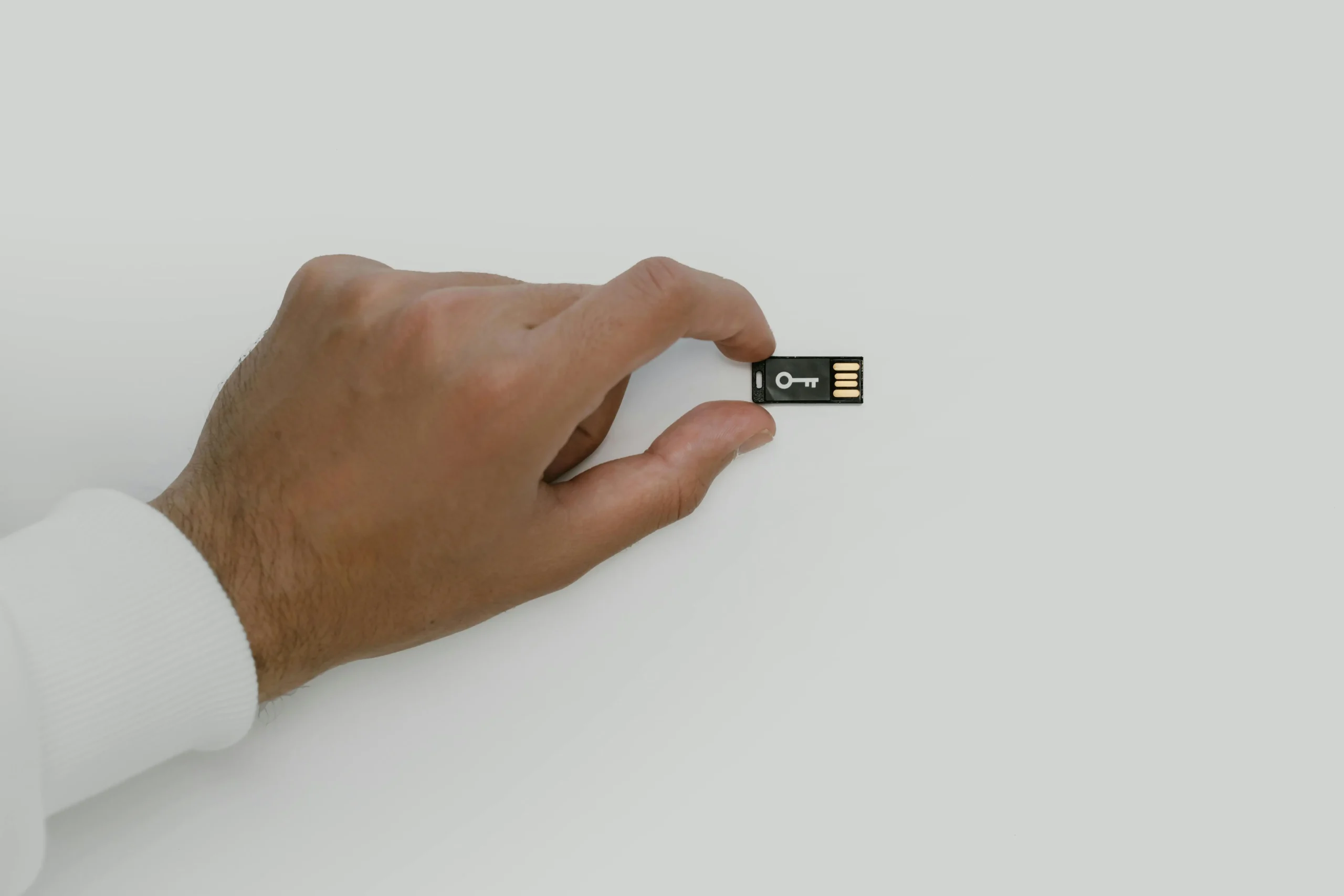CIOs must navigate the complexities of integrating IT and Operational Technology (OT), a necessity in modern manufacturing as industries transition to smart factories. This shift requires CIOs to not only manage traditional IT infrastructure but also collaborate closely with OT divisions to ensure a cohesive strategy for technological advancement. Recent market data from Italy indicates significant growth in connected devices, which further emphasizes the importance of integrating IT and OT systems to support operational efficiency and security.
One illustrative case comes from Quanta System, where the ICT Director Fausto Casati highlights the need for a balanced approach between data management (IT) and physical processes (OT) to enhance business innovation. Similarly, the Group 3F-Filippi demonstrates the dual application of OT technologies, where one application aligns seamlessly with the IT infrastructure while the other poses integration challenges. CIOs must work proactively with operations teams to outline technology purchases and integrate these technologies effectively, balancing operational need with cybersecurity measures to protect against vulnerabilities.
The integration of IT and OT is essential but fraught with organizational challenges. Emphasizing efficient communication with executive teams and operational divisions can enhance the outcome of digital transformation efforts. As the industry evolves, CIOs are reminded that successful IT-OT convergence not only hinges on technical integration but also on cultural acceptance and the continuous role of cybersecurity as a priority to safeguard operations against potential cyber threats.
👉 Pročitaj original: CIO Magazine





